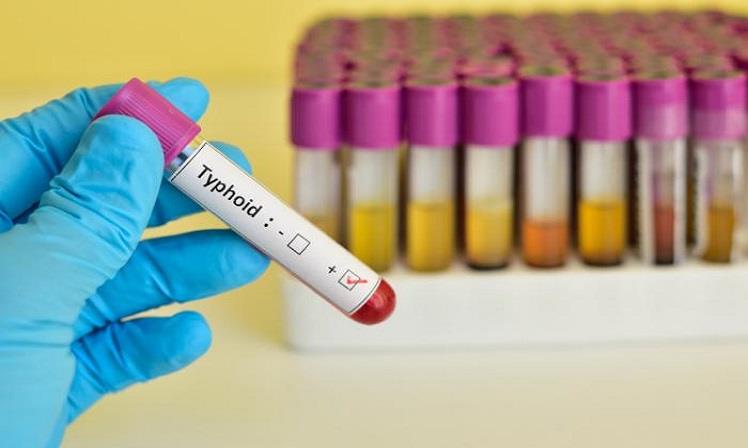
Can risk of typhoid increase during winters? Watch out for these early symptoms of the bacterial infection
25-01-2021
Ever since COVID-19 disease took the front seat in our lives, people have become more conscious of their health. However, this does not mean that there were no diseases that could put our bodies at risk of infection before COVID-19. Diseases such as typhoid, tuberculosis, AIDS, and others spread through pathogens, and have been around for decades. The risk of some of these diseases goes up during a particular season since it can become easier for the pathogen to survive, or even get transmitted. As winters soar in the northern parts of the country, people are now worried if the season can spike the risk of another infection � typhoid.
What is Typhoid?
Typhoid is a bacterial infection. It leads to a fever and can spread through contaminated food and water. Vaccines for typhoid exist and are recommended for areas where outbreaks are common. Treatment for typhoid includes antibiotics and fluids.
Can winter season spike risk of typhoid?
As per research, typhoid is not the most common infection during the winter season. Viral infections such as common cold and other respiratory problems become more common during the cold weather. Typhoid is essentially more common during the monsoon season in the country, since chances of contamination of food increase. However, this does not imply that cases of typhoid just do not exist during the winters. They are, relatively lower, as compared to the rainy season.
What are some early symptoms of Typhoid you must watch out for
Typhoid leads to some common initial symptoms that can make it easy to identify and diagnose the disease. These include -
1. Fever � Typhoid essentially leads to a high temperature. It is one of the initial symptoms of typhoid. People are likely to have persistent fever, that reaches 103-104 degrees.
2. Pain � People infected with typhoid tend to have pain in the abdomen, and the head due to the infection. This is mainly due to inflammation in the body.
3. Diarrhoea and constipation � Since typhoid is caused due to consumption of contaminated food, the pathogens are likely to affect the digestive system. This can lead to diarrhoea with loose stools, vomits, or constipation.
4. Spots on feet � Some people also develop red spots on their feet, as a symptom of typhoid.
5. Loss of appetite � Since the digestive system is primarily affected due to the infection, people suffering from the disease lose their appetite.
When to see a doctor for typhoid?
A high fever means something or the other is wrong with your body, and the body has been infected with some disease. It is best to visit a doctor at the earliest, especially if you have a high fever for more than a few hours. A doctor can diagnose and treat typhoid with antibiotics, and recommend a light, fluid-based diet. People usually recover from the infection within a week's time.
Prevention tips to stay safe
=======================
If you want to keep your risk of typhoid to a minimum, here is what you can do.
1. Avoid eating food from outside.
2. Even if you do, ensure that proper hygiene is being followed.
3. Avoid drinking water from outside. Carry your own water bottle.
4. Keep your immunity boosted by consuming a healthy diet, exercising regularly.
5. Ensure you consume more fluids, if infected with the disease. This will aid a speedy recovery.
Leave a comment: (Your email will not be published)